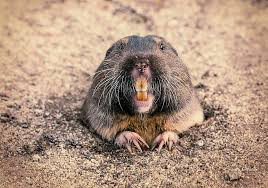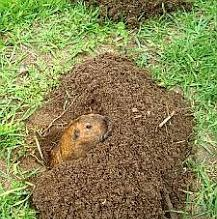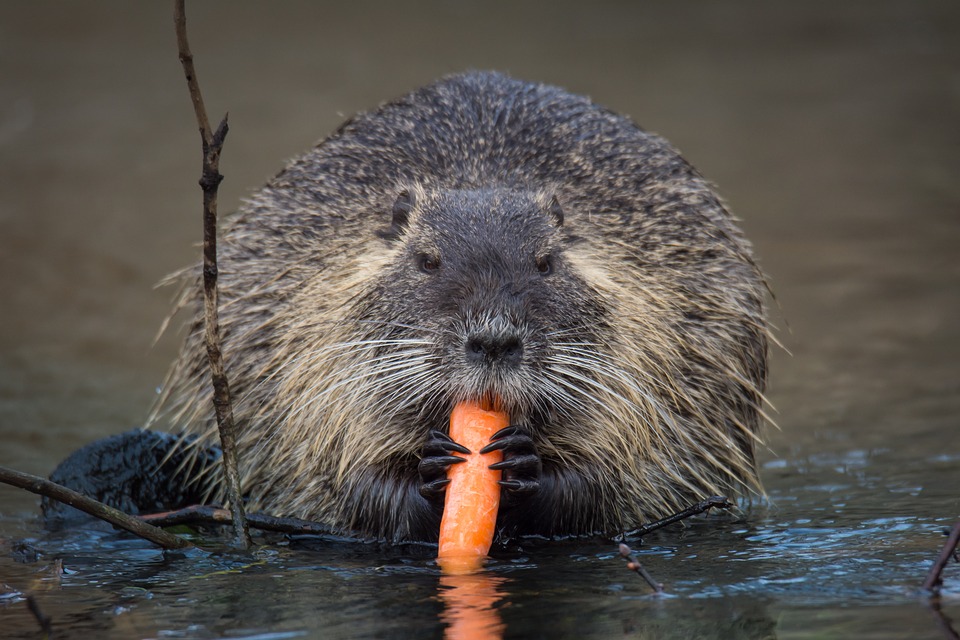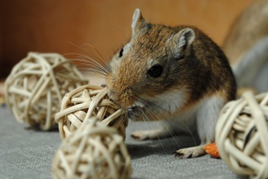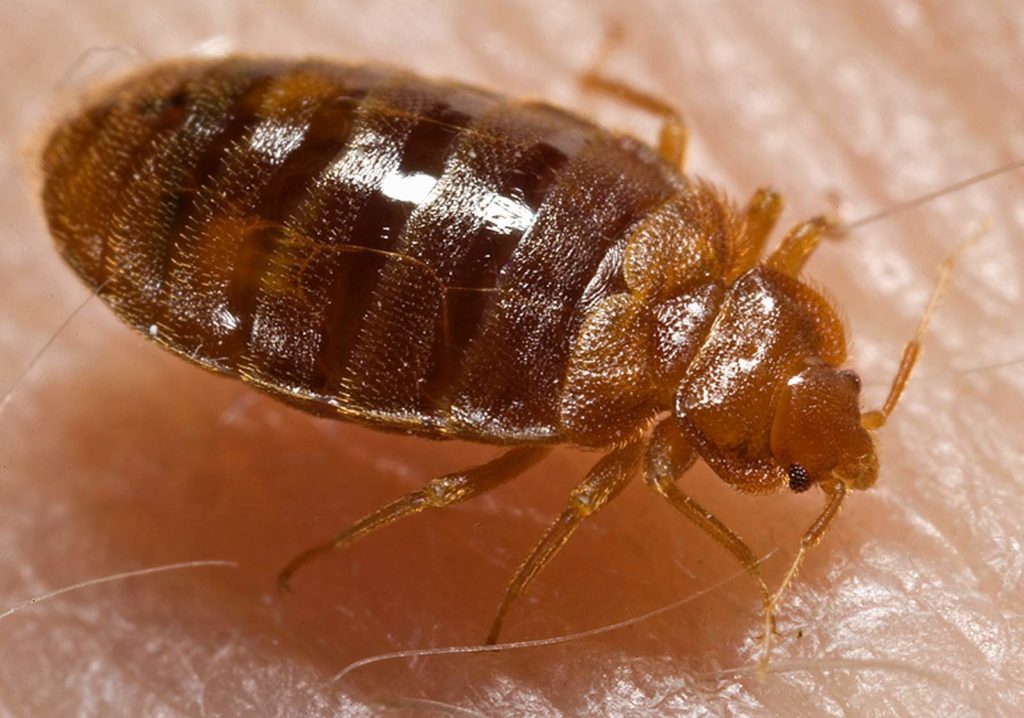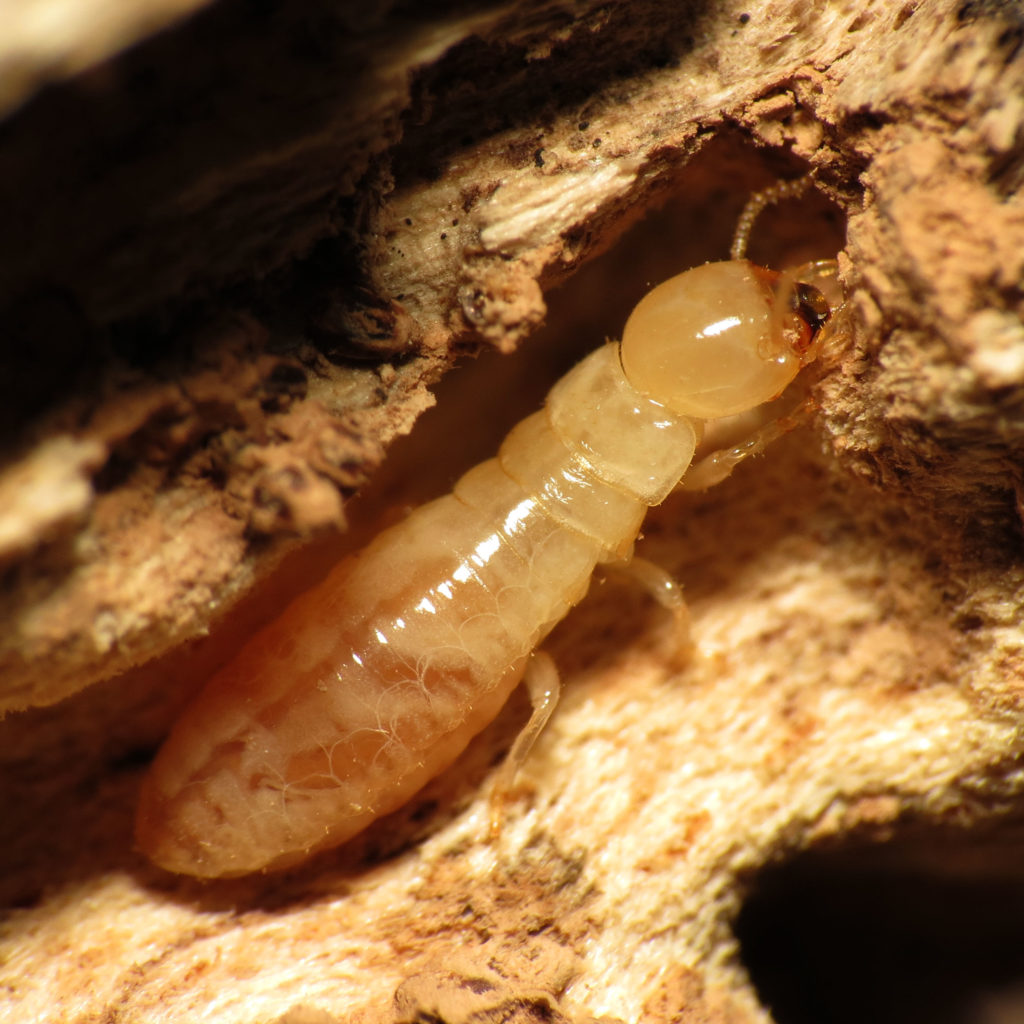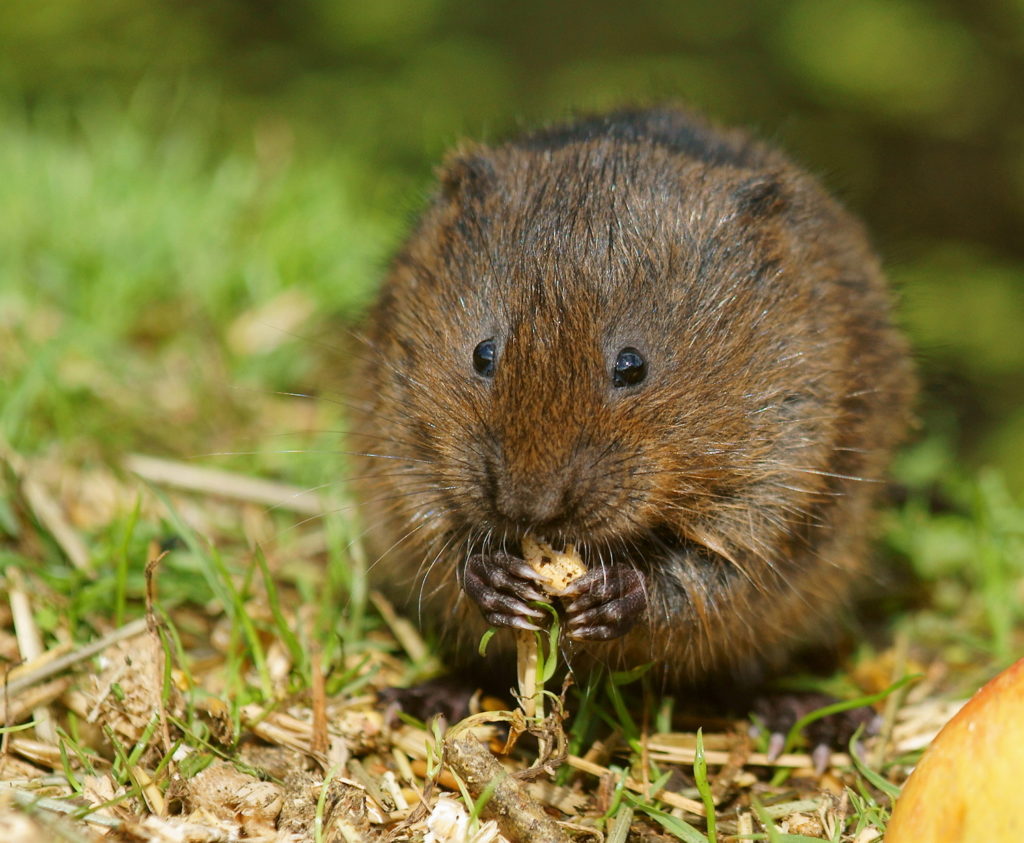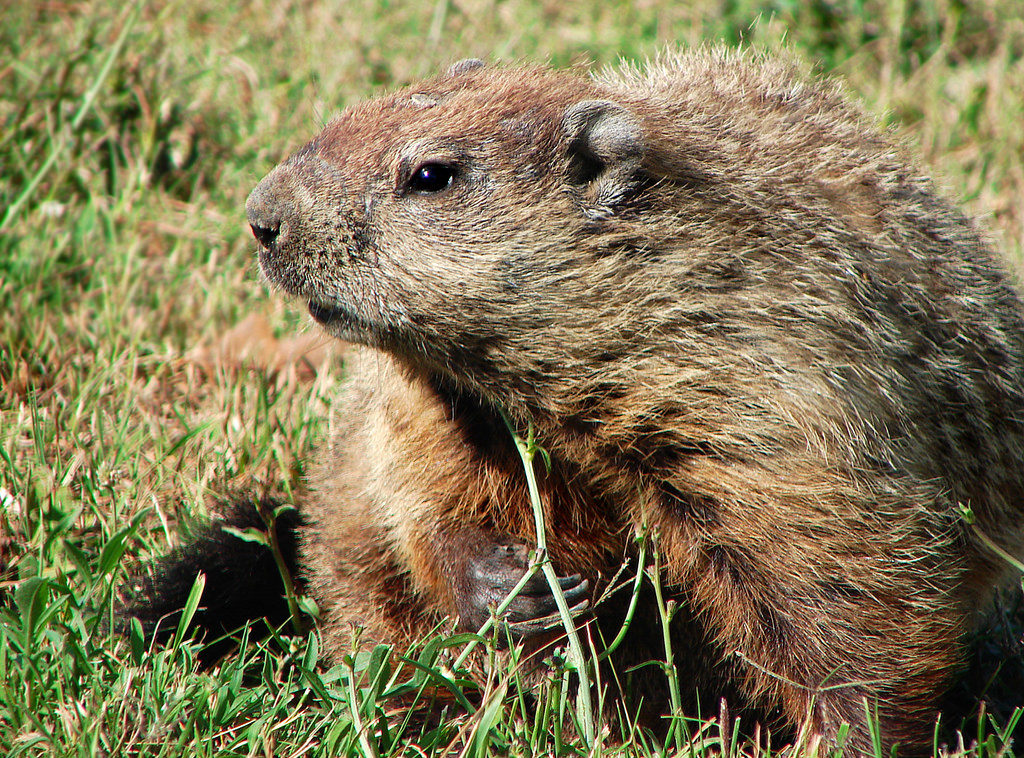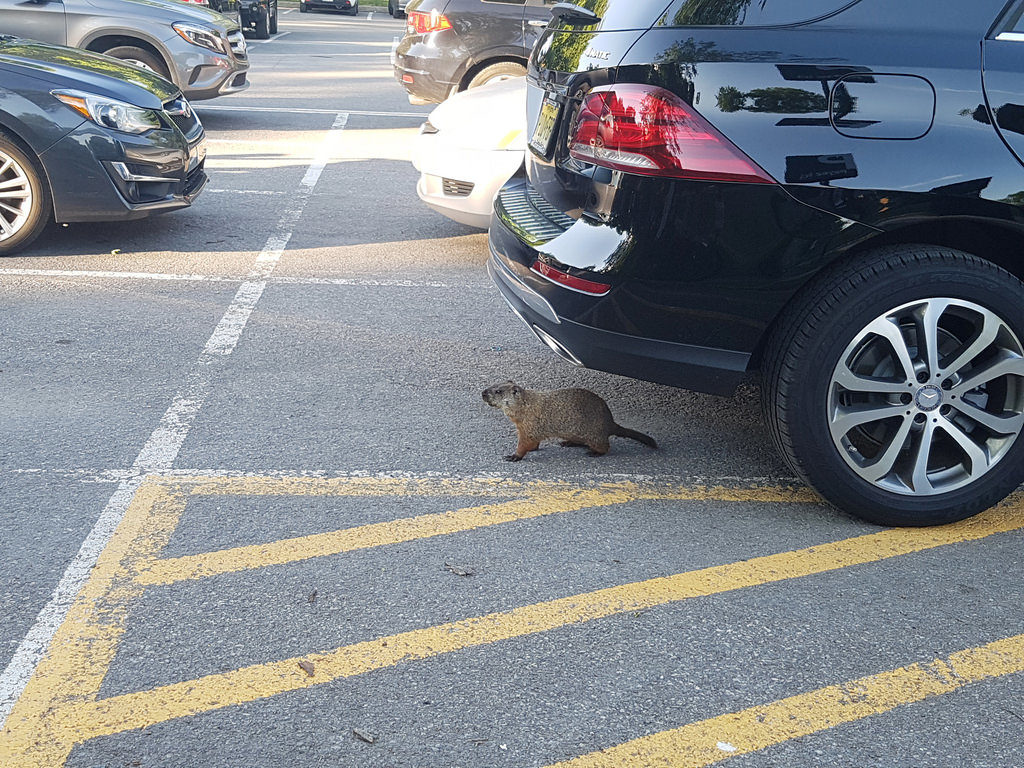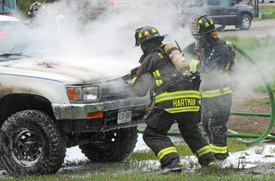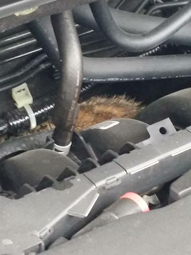You bought a new car assuming it would be worth and found the components of the cars gnawed by a rodent.
Rodents are not bothered if it is new or old. Irrespective of the car model, new or old, branded or not, the rodents will enter your car!

The small gaps from air vents, cable holes, pedal shaft, steering column are the favorite entry points for the rodents.
Rodents, with their flexible bodies, can enter the cars and destruct the interior of the cars within no time. They are always in search of a safe place to nest. In this situation, if they come across a car, bingo!
They can easily gnaw on the car wiring and other components under the hood. Polymers and metals are like candy floss for the rodents. Their sharp incisors easily chew through the hardest of engineering plastic like Nylon 12.
Do you know why do they gnaw the components from the cars?
The rodents first in search of nesting enter the cars. Then they get attracted to the different polymers from the car hood. Since they need to keep a check on their incisors which are ever growing and can even pierce through their skulls, they need to continuously gnaw on some or other thing. When in a car, they are left with no other option than the car wirings and other components to gnaw on.
Was that your brake cable? All thanks to god that you did not drive it!
Again, with no knowledge of what they are biting on, the rodents can destroy the brake cables, power cables, signaling cables, fuel reservoir, seats, etc. from the cars.
Damage to any of the vital car components can prove fatal!
Imagine one driving a car with the brake cables chewed by these pesky creatures?! There have been several accidents and fire hazards due to the menace caused by these pests in cars.
Even though many preliminary measures are taken to prevent these pests from entering the cars, they somehow get into the cars. Traditionally peppermint oil, powdered fox urine, used cat litter, cat hair, dog hair, Pine-Sol, Irish Spring soap, red pepper, etc. is used to keep the rodents out of cars. But these methods have proved ineffective since their effects are temporary. Metal meshes are used, and those are left in pieces by the incisors. Hot sauces would go better with your bread than your car components. There are chances that you attract more animals to your cars who come in search of these sauces.
CAR NOT STARTING THIS WINTER? RATS! (NO, REALLY!)
Jen Ursillo │February 3, 2019
If your car is not starting this winter, be careful before you check under the hood. Rats, mice, chipmunks, and squirrels could be hiding in there.

People aren’t the only ones trying to stay warm. Many of these four-legged furry creatures are trying to seek refuge from the snow, wind and cold and that could mean snuggling up near auto engines.
A Midatlantic spokeswoman Tracy Noble said rodents can cause a lot of damage to wiring harnesses looking for food.
In order to be more environmentally friendly, auto manufacturers have started using soy-based wire coverings. The downside is that small creatures like to feast on these wirings, causing expensive engine damage.
Noble said while this happens more frequently in the winter because animals are looking for shelter, it also happens in cars that are not used regularly.
While some people advocate using moth balls or pepper spray under the hood, the fumes from are not healthy and safe for both animals and humans.
So rats chewed up your car’s wiring: Making car manufacturers honour your warranty
February 05, 2019 by Ellen Roseman Toronto Star

Vehicle engine wiring that is damaged by rodents can cost up to $12,000 to repair, says George Iny of the Automobile Protection Association. – Dreamstime
Readers often write me about car problems. Since I’m not an expert, I consult with the Automobile Protection Association, a well-known consumer group founded almost 50 years ago by Phil Edmonston (later elected as the first NDP MP in Quebec).
George Iny, current APA head, keeps advocating for customers and publishing the popular Lemon-Aid car guides. So, I figured he would know about Alicia Ditchburn’s problem with her 2018 Honda Civic hatchback.
She bought the $20,000 vehicle last August. Early this year, she brought it back to the dealer to find out why it didn’t start properly.
“I got a call the next day, saying mice or rodents had chewed through my vehicle, and I owed over $1,000 to fix the car,” she said.
“I was told this most likely happened at the factory before I even had the car. I was made aware that the manufacturers used soy oil to wrap the copper wires.”
Ditchburn contacted Honda Canada CEO Dave Gardner, asking for the repair to be covered under the warranty. The case is currently under review.
Rodents have got immune to these conventional methods. Their bodies have developed immunity towards commonly used pesticides. A new breed of rats has developed which are resistant to deadly toxins designed to kill them. Use of mechanical traps is limited only till they do not undergo mechanical errors. Your pet and even your child can get stuck to those glue boards.
So what can be done in order to protect your cars from these hungry rodents?
We at C Tech Corporation can provide with an extremely low toxic, extremely low hazard, effective and efficient solution. RodrepelTM is an anti-rodent, anti-animal polymer additive. It is specially designed for the polymeric application. The masterbatch can be incorporated in insulation, wires, door cladding, carpet, plastic accessories, seat cushions, car covers, polymeric switch panels, components of ignition box, fuel tanks, fuel hoses, foam seats, etc. RodrepelTM lacquer can be coated on already installed wires, polymeric hoses, fuel tanks, battery box, ducts, door cladding, etc.
Our newly developed product in the form of a spray is a must-have product for every car owner! The Rodrepel™ Rodent Repellent Spray is specially designed for cars. The product can be sprayed on the car components after clearing the dust and waste from the components. The product when applied properly repels the rodents and protects the cars from rodent damage.
RodrepelTM works on the mechanism of repellence. It does not kill target species but only repels them.
Our product is FIFRA (Federal Insecticide Fungicide and Rodenticide Act) exempted and is also REACH, RoHS, and RoHS 2, ISO, APVMA, NEA, EU-BPR complaint.
RodrepelTM will be the best solution to keep rodents away from your cars.
Contact us at technical.marketing@ctechcorporation.com if you’re facing problems with rodents and get best remedies to combat this menace.
Also, visit our websites:
http://www.ctechcorporation.com/
http://www.rodrepel.com/
http://www.termirepel.com/
http://www.combirepel.com/
Follow our Facebook pages at:
1] https://www.facebook.com/Combirepel-411710912249274/
2] https://www.facebook.com/Termirepel-104225413091251/
3] https://www.facebook.com/Rodrepel-120734974768048/
Follow us on our Twitter pages at:
1] https://twitter.com/rodrepel
2] https://twitter.com/termirepel
3] https://twitter.com/combirepel


